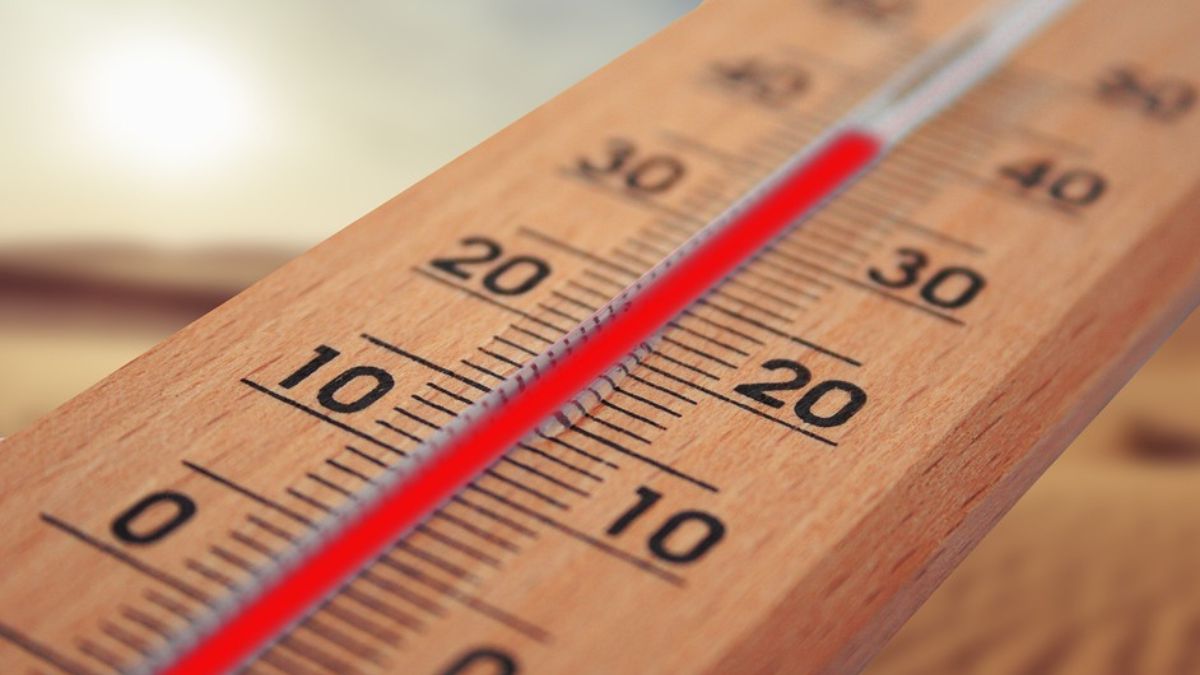Temperature is an essential component of our lives, and it is an important factor in a variety of activities that we perform on a regular basis. Temperature has a significant influence on the environment, our health, and our day-to-day lives, as it plays a role in everything from the regulation of our body temperature to the formation of weather patterns. In this article, we are going to look into the science of temperature and the impact that it has on our lives.
Understanding Temperature
A substance or object’s temperature can be understood as a measurement of the average kinetic energy of its constituent particles. Using a thermometer, the temperature is recorded in either Celsius, Fahrenheit, or Kelvin. Temperature is something that we encounter in our everyday lives through the conditions of the weather, such as days that are sunny and warm or days that are chilly and rainy. The temperature has an effect on the properties of materials, including their states of matter, which can be solid, liquid, or gas depending on the temperature.
The Impact of Temperature on the Environment
The environment is significantly influenced by temperature to a large degree. The earth’s climate has changed as a result of global warming, which has also led to an increase in the frequency and severity of extreme weather events such as heatwaves, droughts, and storms. These changes have been attributed to the rise in average global temperatures. Glaciers can also melt when temperatures get too high, which can result in an increase in the level of the sea and in flooding.
The Impact of Temperature on Health
Temperature has the potential to significantly influence the health of humans. Temperatures that are either extremely hot or extremely low can cause a variety of health issues, including heatstroke, hypothermia, and frostbite. Temperatures that are too high might make the symptoms of respiratory and cardiovascular disorders even more severe. Increasing temperatures as a result of climate change can also trigger the spread of infectious diseases such as Lyme disease and West Nile virus by modifying the habitats of disease-carrying insects. This can happen because the temperatures are getting warmer.
The Impact of Temperature on Daily Life
The temperature has a variety of effects on the activities that make up our daily lives. The temperature has an effect on everything from the clothes we wear and the food we eat to the activities in which we participate. For instance, when the temperature outside is high, we might choose to engage in activities like as swimming and wear clothing that is lightweight and breathable. When the weather is chilly, we could choose to engage in activities that take place indoors, wear warm clothing, and consume hot meals.
- The growing fear that rising temperatures are caused by global warming is compounded by the fact that experts forecast that these temperatures will continue to rise in the years to come. Because of this, it has become very important to address the problem of climate change and to take active measures to cut down on emissions of greenhouse gases.
- There are a number of actions that people may do to lessen their impact on the environment and ameliorate the consequences of rising temperatures. Among these are limiting one’s consumption of meat, driving fewer miles, taking advantage of public transit, and utilizing energy-efficient equipment. In addition, the act of planting trees and supporting initiatives to reforest land can assist in the removal of carbon dioxide from the air and reduce the severity of the consequences of global warming.
- In addition to the activities that individuals can take, governments and policymakers also have the ability to act in order to combat the problem of rising temperatures. These may include the establishment of legislation to lower emissions of greenhouse gases, the funding of research into alternative energy sources, and the investment in renewable forms of energy.
Conclusion
In conclusion, temperature is an essential topic that has a significant influence on the way in which we spend our lives. In order to make educated judgments and take appropriate actions to safeguard ourselves and the planet, it is essential to have a solid understanding of the science that underpins temperature and its effects on the environment, health, and day-to-day life. We can help alleviate the consequences of rising temperatures on the ecosystem and on our health if we take action to lower our carbon footprint and preserve energy.
Finally, having an awareness of the effects that temperature has on our life can assist us in making educated choices regarding how best to safeguard both ourselves and the planet. We can maintain our health and safety regardless of the weather if we have an accurate grasp of the dangers posed by high temperatures and if we take the right preventative measures. In addition, by being conscious of the effects that our day-to-day decisions have on the natural world, we may take measures to lessen the amount of carbon that we leave behind and preserve the earth for the benefit of future generations.











